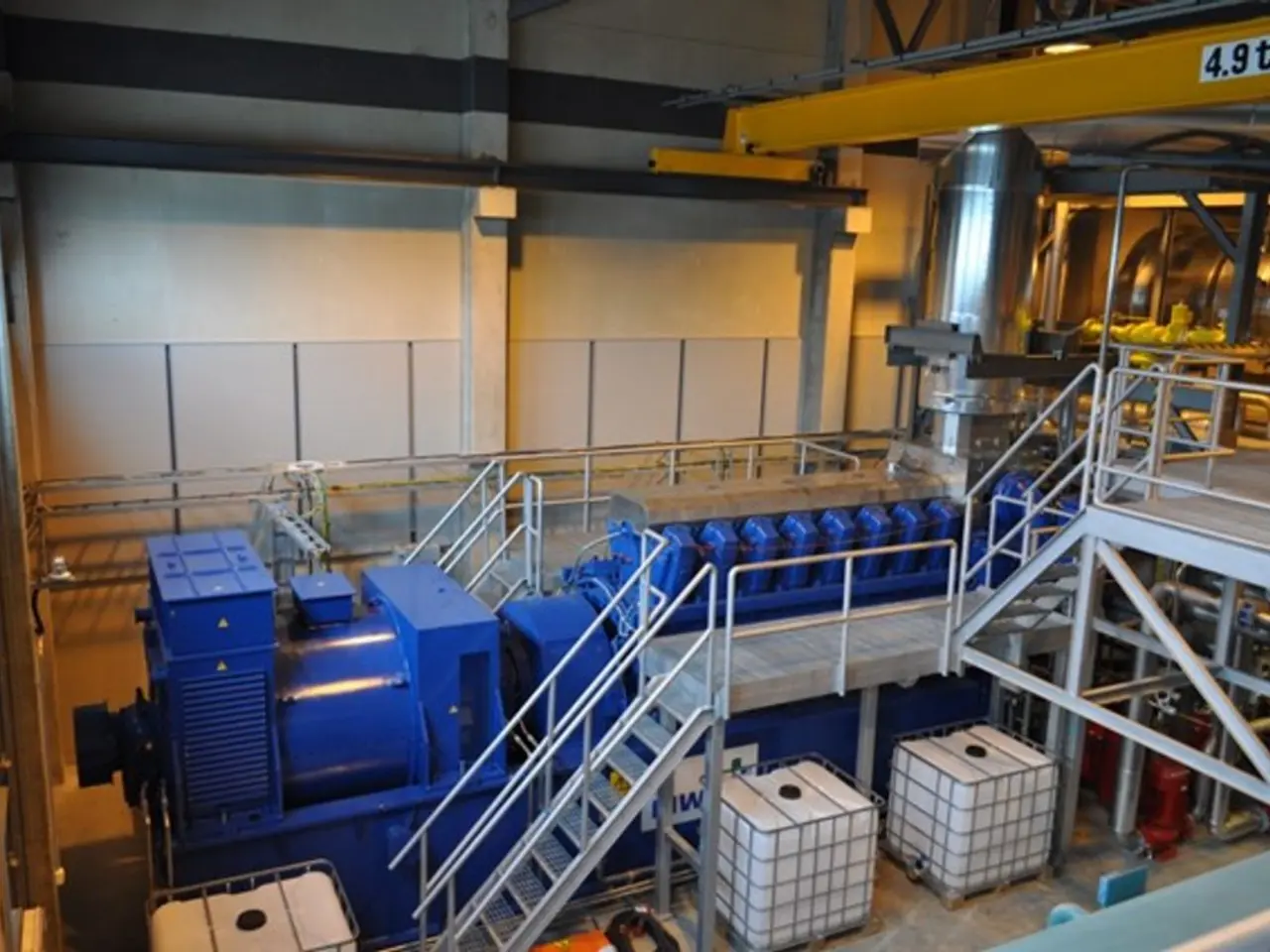Climate change scenarios with high transition risks are growing increasingly likely, according to the Government of Singapore's investment manager, GIC.
Singapore's sovereign wealth fund, GIC, is focusing on two high transition risk scenarios - the "delayed disorderly transition" and the "too little too late" scenarios - to stress test its investment portfolio.
The "too little too late" scenario, GIC's predominant scenario, envisions slow and insufficient climate policies leading to global warming between 2°C and 3°C above pre-industrial levels. On the other hand, the "delayed disorderly transition" scenario describes a world initially slow to act on climate change but then enacting a sudden surge in policies to limit warming below 2°C by 2100, in line with the Paris Agreement goals.
In its latest assessment, the probability of the “delayed disorderly transition” scenario has increased and overtaken the "failed transition" scenario, making it more likely than before. Both high transition risk scenarios are becoming more probable overall, according to GIC's latest climate risk assessment.
GIC is actively seeking investment opportunities in areas that can benefit from the ongoing push for electrification and clean technologies. This includes regulated electric networks and utilities, as investing in their asset base presents additional earnings growth opportunities. The fund is also eyeing solutions addressing grid congestion, such as dispatchable baseload generation and battery storage.
Moreover, GIC has invested in a leading data analytics provider using predictive modelling to help the insurance industry, corporates, and governments price climate-related risks. This move underscores the fund's commitment to mitigating climate risks and seizing opportunities in the transition to a low-carbon economy.
However, GIC faces new challenges such as rising business and living costs and increasing geopolitical risks, causing near-term priorities to diverge across regions. The fund is reviewing its investment portfolio to better prepare for these challenges and the opportunities presented by the transition to a low-carbon economy.
The world's shift towards clean energy is also creating new investment opportunities. GIC estimates that investment opportunities across public and private debt and equity in the climate adaptation market will rise from US$2 trillion today to US$9 trillion by 2050, with US$3 trillion of this increase driven by further global warming.
In addition, some countries are reassessing their near-term sustainability policies, and in certain instances, reducing support for decarbonisation, while others are increasingly linking decarbonisation objectives with energy security and industrial competitiveness, creating new investment opportunities.
GIC's strategy aligns with several Sustainable Development Goals (SDGs), including SDG 6 (Water), SDG 7 (Energy), SDG 8 (Economic growth), SDG 9 (Infrastructure), SDG 13 (Climate), SDG 16 (Peace), and SDG 17 (Partnerships). The fund's focus on climate-related investments is a testament to its commitment to sustainable development and its role in shaping a more sustainable future.
References: [1] GIC's Climate Risk Assessment, December 2024 [2] GIC's Annual Report, 2024 [5] GIC's Investment Strategy, 2025
- GIC's predominant scenario, 'too little too late', anticipates inadequate climate policies leading to global warming of 2°C to 3°C above pre-industrial levels.
- The 'delayed disorderly transition' scenario, now more likely, describes a world initially slow to act on climate change, but later enacting drastic measures to limit warming below 2°C by 2100, aligning with the Paris Agreement goals.
- Recognizing the ongoing push for electrification and clean technologies, GIC is pursuing investment opportunities in regulated electric networks, utilities, and solutions addressing grid congestion like dispatchable baseload generation and battery storage.
- Furthermore, GIC has invested in a data analytics provider for climate-related risk management, demonstrating its commitment to mitigating risks and capitalizing on the transition to a low-carbon economy.
- The increasing investment opportunities in clean energy and climate adaptation markets, projected to rise from US$2 trillion to US$9 trillion by 2050, are attracting GIC's attention.
- Aligning with multiple Sustainable Development Goals, GIC's focus on climate-related investments underscores its dedication to sustainable development and shaping a more sustainable future.








